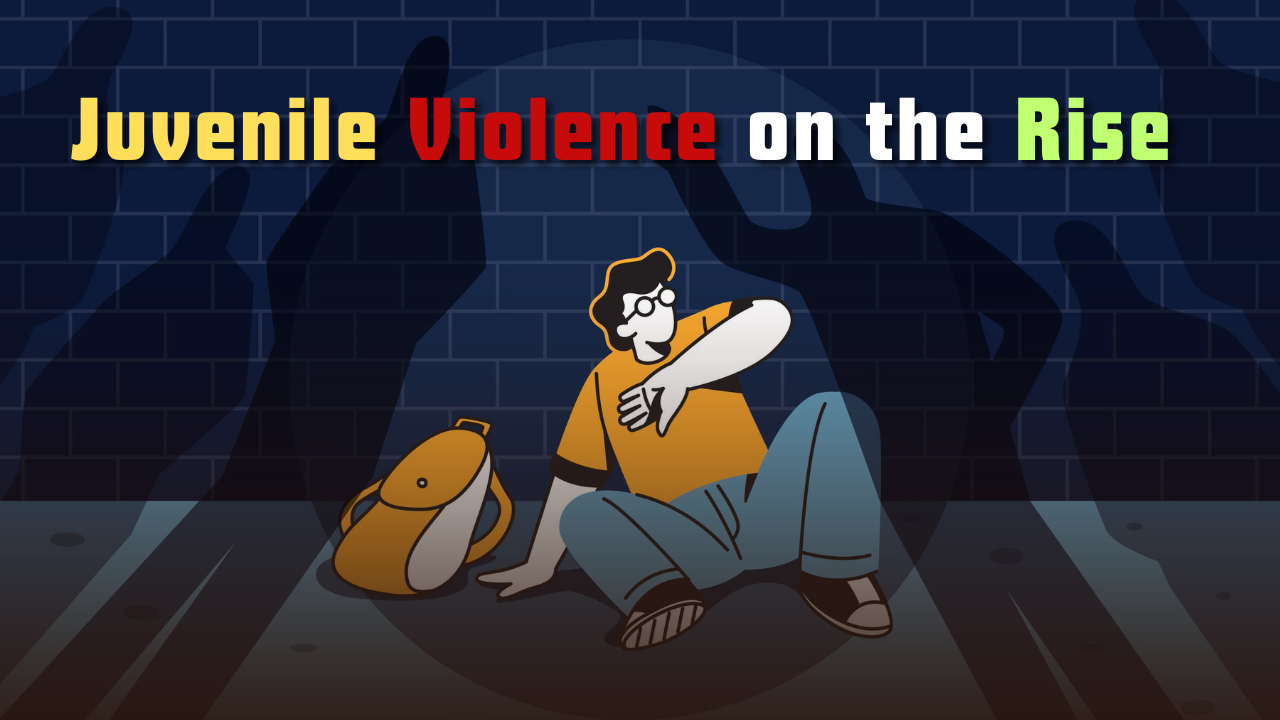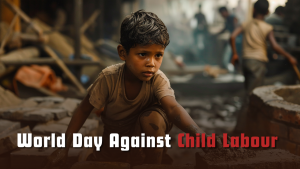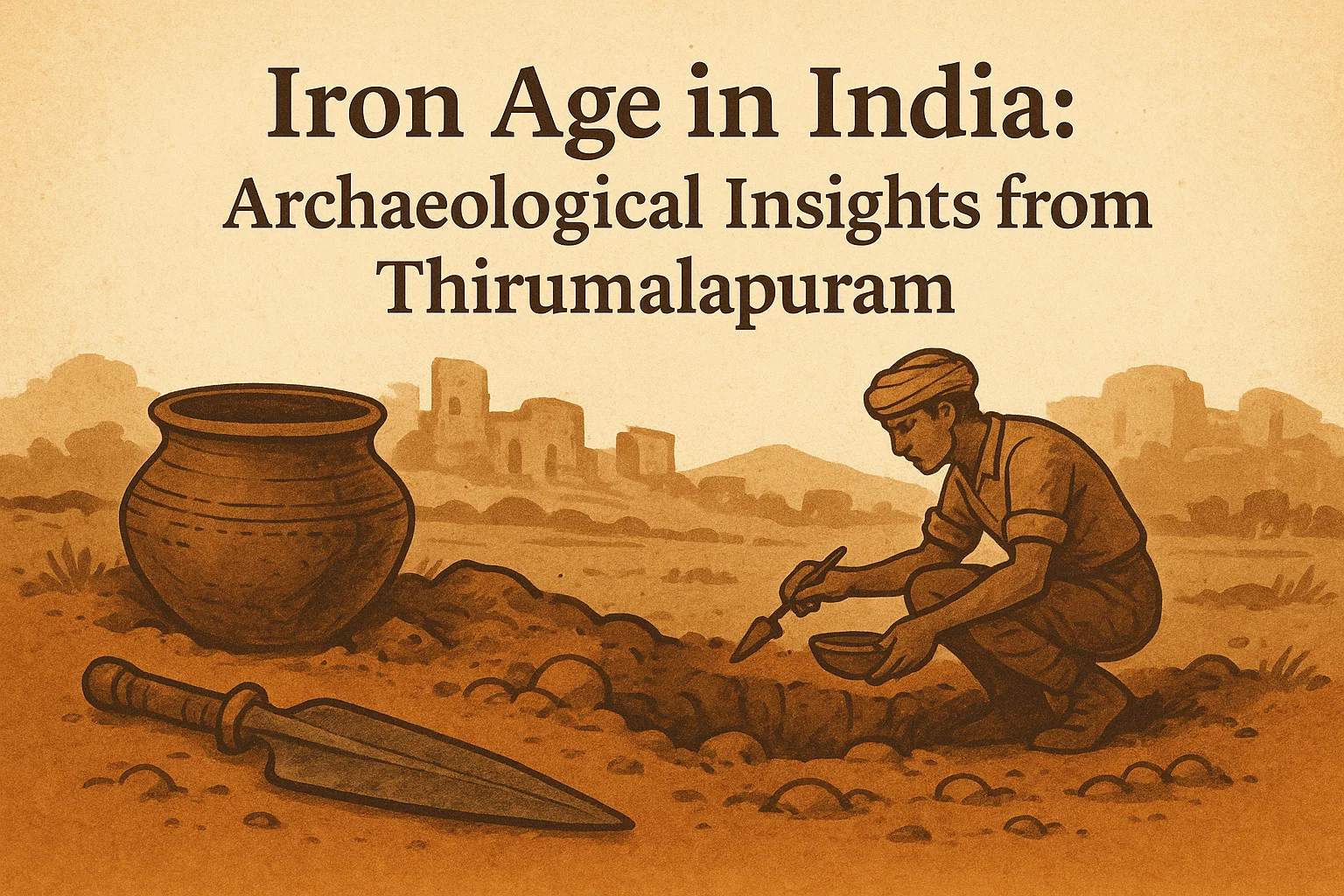Font size:
Print
Juvenile Violence on the Rise
Juvenile Violence have increased in India
Context: Under the Juvenile Violence British mini-series Adolescence, centered on a 13-year-old boy, Jamie, who murders his classmate Katie, has been critically acclaimed for its single-take format, compelling performances, and hard-hitting storytelling.
More on News
- But beyond its cinematic brilliance, Adolescence shines a spotlight on disturbing realities — the rise of juvenile violent crime, cyberbullying, toxic online masculinity, and the behavioural challenges faced by adolescents in today’s digital age.
- One of the series’ key contributions is its exploration of why a child commits a violent act.
- This is more than just fiction — data globally, including from India, reflects a worrying trend: a steady rise in violent crimes among juveniles.
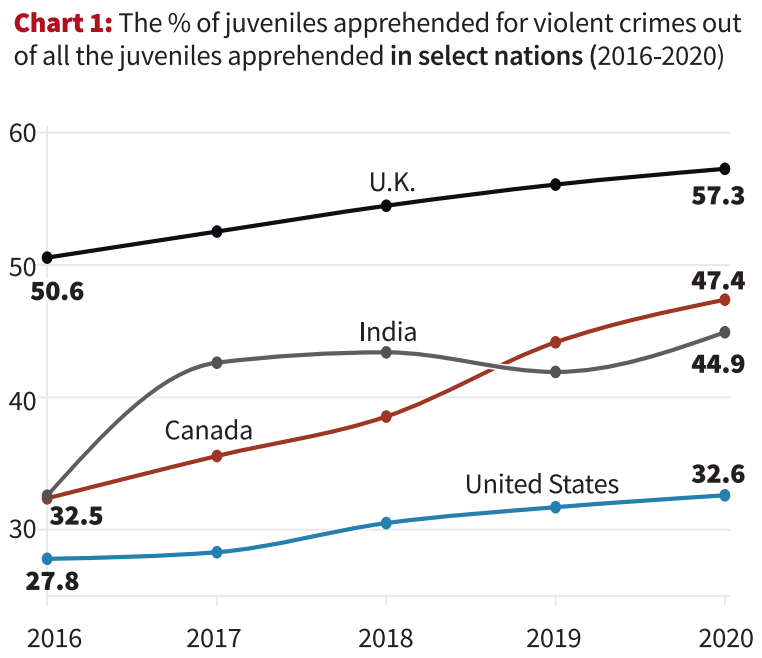
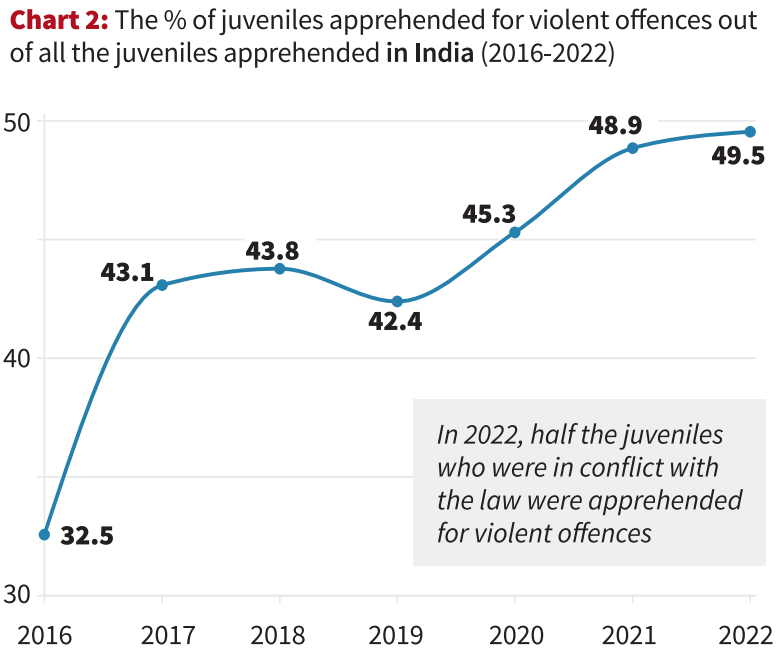
Global and Indian Trends in Juvenile Violent Crimes
- According to international data between 2016 and 2020, several countries, including the U.K., witnessed a significant surge in the proportion of violent crimes committed by juveniles.
- In the U.K., for instance, the share of violent crimes among all juvenile offences rose from 50% in 2016 to 57% in 2020.
- India mirrors this trend. Although the overall number of juveniles in conflict with the law dropped from 37,402 in 2017 to 33,261 in 2022, the share of violent offences increased sharply.
- In 2016, 32.5% of apprehended juveniles in India were booked for violent crimes.
- By 2022, this figure had surged to 49.5%, meaning nearly half of all juvenile offenders were involved in serious acts of violence.
- Recent incidents further highlight this crisis. In Hubli, Karnataka, a 13-year-old boy was detained for stabbing a 15-year-old over a dispute involving chips.
- In Chennai, police arrested 12 people — including seven minors — for the gang-rape and sexual assault of a 13-year-old girl.
State-Wise Breakdown of Juvenile Violent Crime in India
- A state-wise analysis between 2017 and 2022 reveals that Madhya Pradesh accounted for 20% of all violent juvenile crimes in India, followed by Maharashtra at 18%.
- Rajasthan (9.6%), Chhattisgarh (8.4%), and Tamil Nadu (5%) round out the top five.
- Interestingly, Delhi — despite its small geographical size — reported 6.8% of all such crimes, likely due to better policing and reporting mechanisms.
- When examining the proportion of violent crimes among all juvenile offences within states, Jharkhand led with 67%, followed by Tripura, West Bengal, Chhattisgarh, and Madhya Pradesh — all reporting over 60%. Odisha emerged as a notable exception, with only 10% of juvenile crimes categorized as violent.
Solutions to Address Rising Juvenile Violence
- Strengthening Juvenile Justice System & Rehabilitation: Reform Juvenile Justice Act (2015) to focus on rehabilitation rather than punishment.
- Delhi’s “Prayas” Initiative – Provides education, skill training, and psychological support to juveniles in conflict with the law, reducing recidivism.
- Combating Cyberbullying & Toxic Online Influences: Kerala’s “Cyber Suraksha” Program – Educates students on cyber safety, reducing online harassment cases.
- Mental Health & Behavioral Intervention in Schools: Mumbai’s “Aangan” Program – Schools collaborate with NGOs to provide therapy for at-risk children, reducing violent incidents.
- Parental & Community Engagement: Tamil Nadu’s “Makkalai Thedi Maavatta Kuzhu” – Local committees identify troubled juveniles and provide mentorship.
- Restricting Access to Weapons & Violent Content: Punjab’s “No Weapons Near Schools” Campaign – Police patrols near schools reduced knife-related crimes.
- Economic Empowerment & Skill Development: Uttar Pradesh’s “Kaushal Vikas Yojana” – Provides skill training to juveniles, reducing crime rates.
Media & Public Awareness Campaigns: NGO “Breakthrough India” – Uses films and workshops to teach adolescents about non-violence.
Subscribe to our Youtube Channel for more Valuable Content – TheStudyias
Download the App to Subscribe to our Courses – Thestudyias
The Source’s Authority and Ownership of the Article is Claimed By THE STUDY IAS BY MANIKANT SINGH
